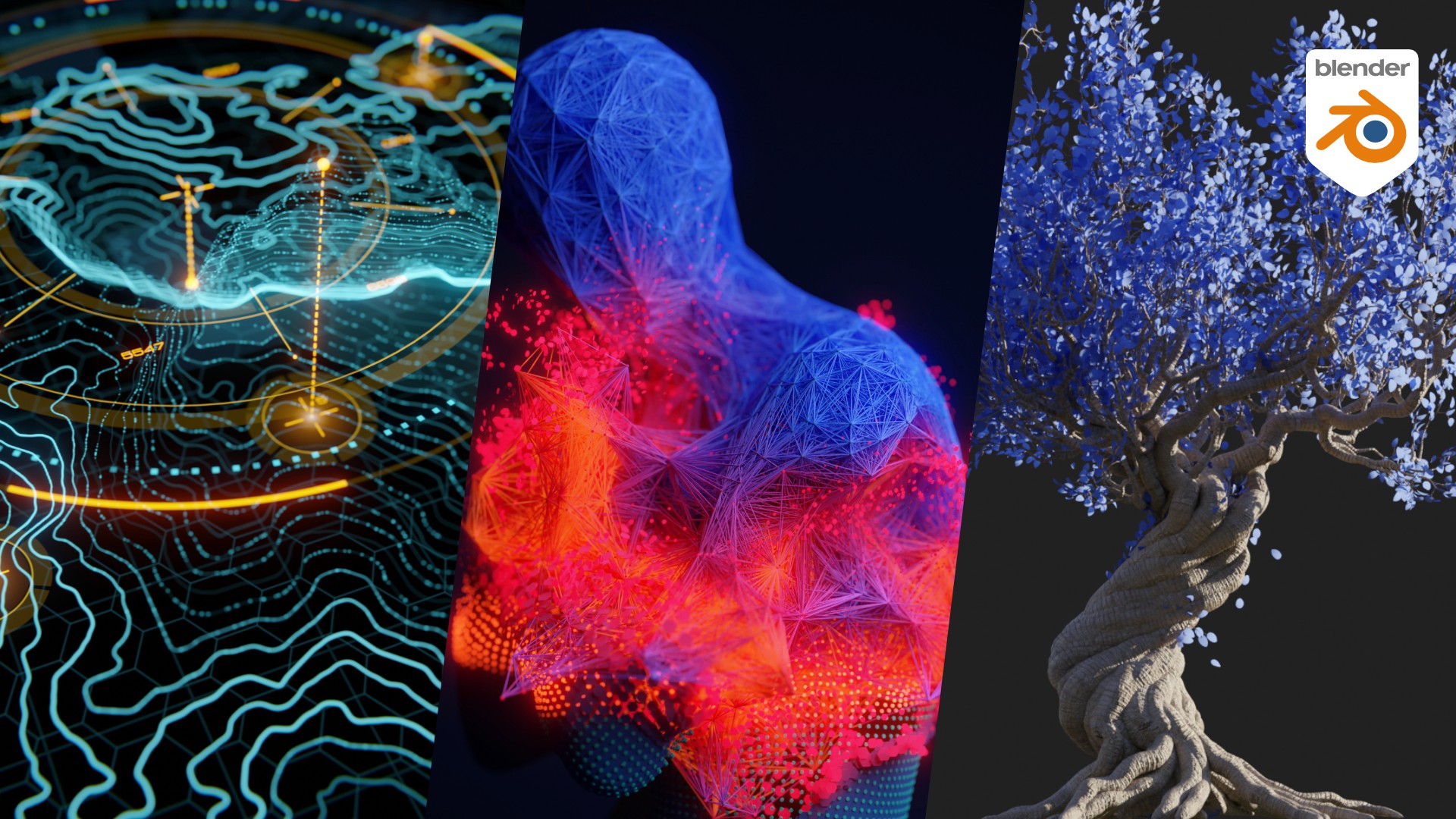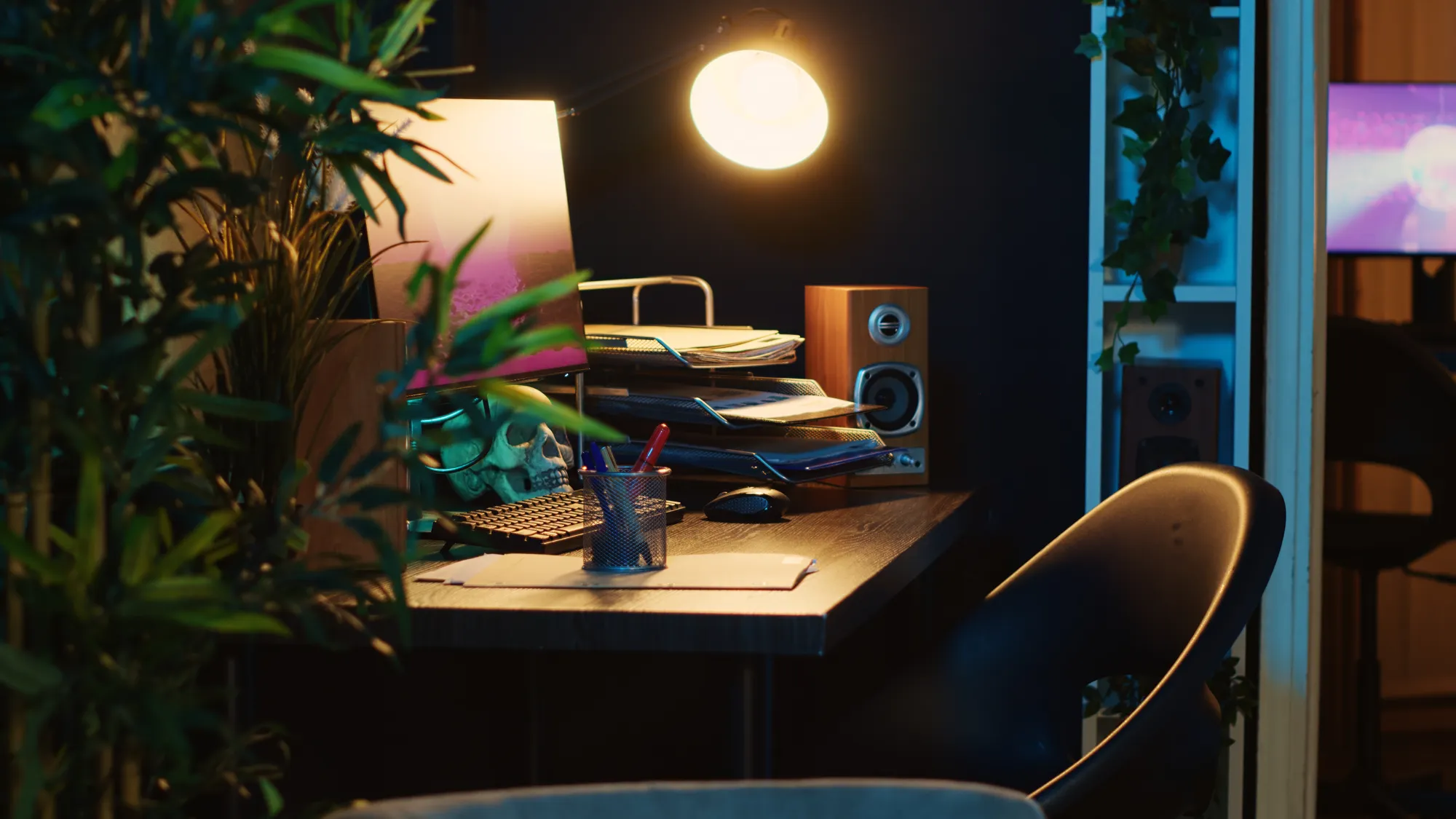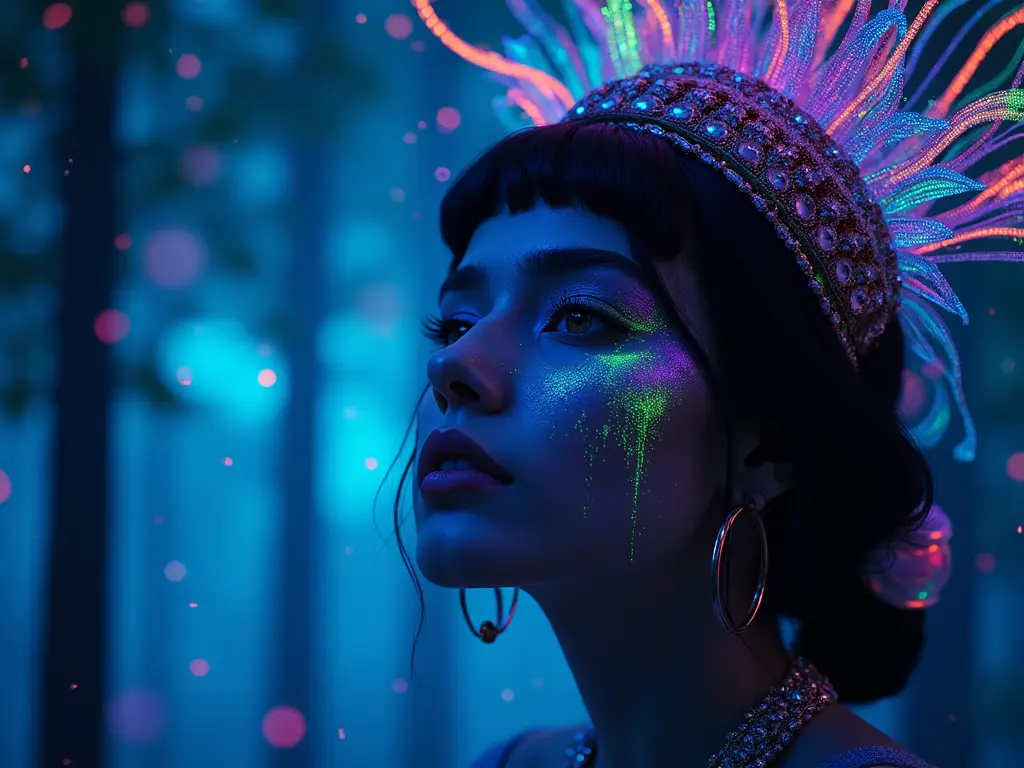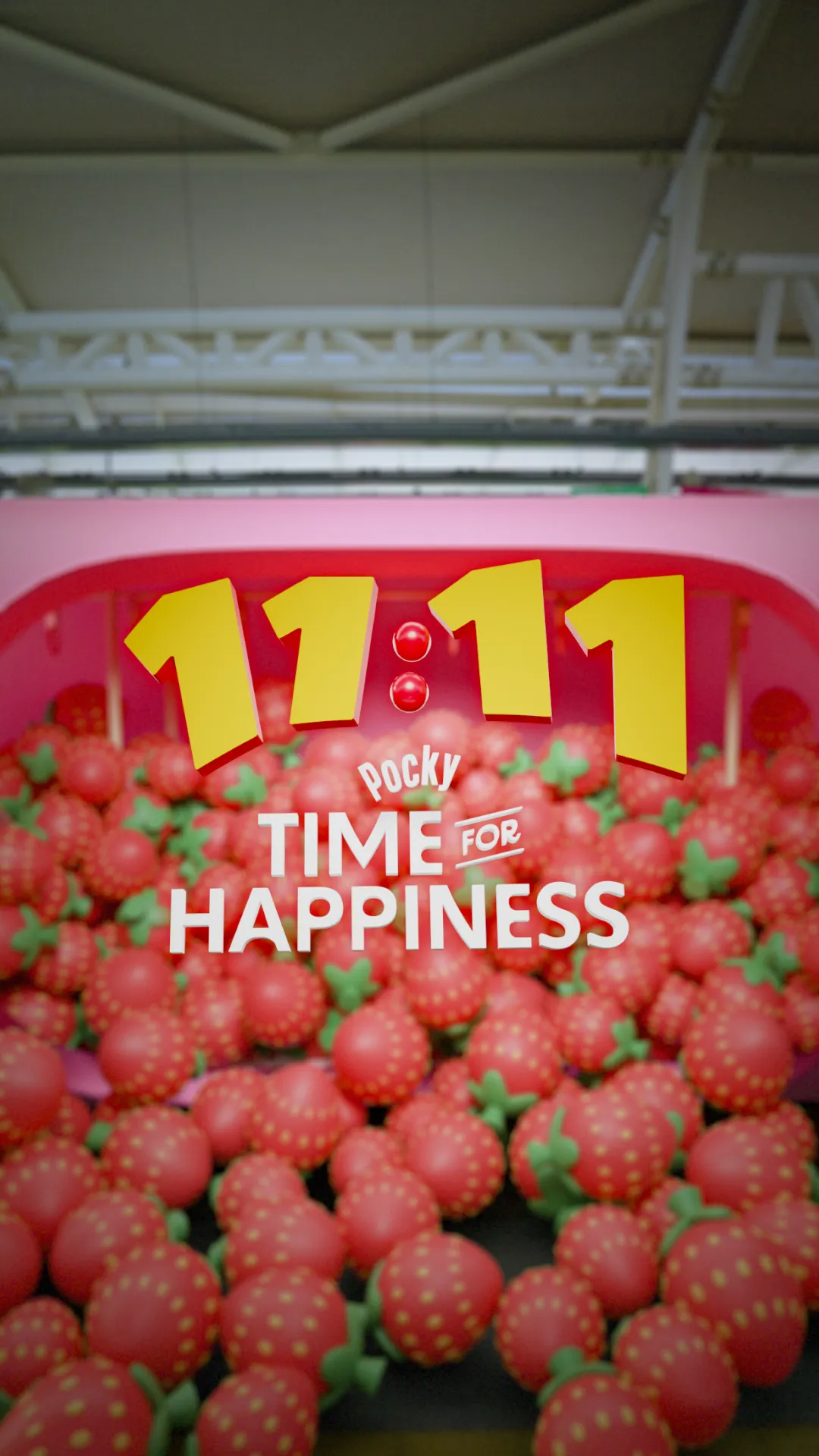Unlocking Creativity and Efficiency with Procedural Animation
Blog
Sep 9, 2024
Procedural Animation in Action: Case Studies from FLUX28 STUDIO
Procedural animation is rapidly becoming an essential tool for 3D artists, VFX professionals, and filmmakers. Unlike traditional animation methods, which require meticulous, frame-by-frame work, procedural animation uses rules and algorithms to automate complex tasks. This technology has opened up a world of possibilities for creating dynamic, large-scale scenes that would have been time-consuming and labor-intensive to produce manually.
From Blender’s Geo Nodes and Cinema 4D’s MoGraph to Unreal Engine’s Blueprints and even hybrid AI setups like ComfyUI, procedural animation allows creators to build intricate worlds and animations with speed and efficiency.
What is Procedural Animation?
Procedural animation is the process of generating animations and effects programmatically. Instead of manually placing each element, artists set up rules or algorithms that govern how objects behave and interact. This can be done using node-based systems in software like Blender (Geo Nodes), Cinema 4D, or Unreal Engine (Blueprints). In AI-driven animation setups like ComfyUI, procedural animation can be combined with generative models to create hybrid effects.
Here’s how procedural animation works across different platforms:
Blender’s Geo Nodes: Allows artists to set up node-based workflows where objects and effects are controlled by nodes. For example, creating an entire cityscape with varied building sizes and layouts can be automated through Geo Nodes, saving hours of manual labor.
Cinema 4D’s MoGraph: A powerful tool for procedural motion graphics, used by brands like Microsoft to create impactful visuals. It allows artists to build complex animations like moving logos, abstract designs, or kinetic typography programmatically, giving them flexibility to adjust variables on the go.
Unreal Engine’s Blueprints: Enables artists to create dynamic, interactive scenes within a game engine framework. Procedural animation in Unreal Engine is ideal for real-time filmmaking, where environmental changes and character movements can be dynamically controlled without the need for extensive coding.
Houdini: A popular choice among VFX professionals for its procedural generation capabilities. It’s used for creating everything from particle effects to large-scale environments like forests, cities, or weather systems. Its powerful node-based system allows for a high degree of customization and scalability.
ComfyUI (AI Animation): Combines procedural animation with generative AI models, creating unique and unpredictable visuals. This hybrid approach is particularly useful for projects that blend traditional 3D elements with AI-generated components, offering a new way to automate and innovate.

Advantages of Procedural Animation
Before procedural animation became accessible to 3D artists and VFX professionals, creating large and complex scenes required manual work—often taking days or weeks to complete. Imagine constructing a detailed cityscape for an animation: placing each building, tree, and vehicle manually would be inefficient and highly time-consuming.
With procedural animation, these processes are automated, offering several key advantages:
Time Efficiency: Procedural setups allow for the rapid creation of complex scenes. By using pre-made modules and algorithms, artists can programmatically generate environments such as forests, cities, and even oceans in a fraction of the time it would take manually.
Flexibility and Scalability: Once a procedural setup is created, it can be modified easily. Artists can adjust parameters like scale, density, or behavior, making it easy to customize the output. For example, by tweaking a few nodes, you can transform a city setup into a futuristic metropolis or an ancient village.
Consistency and Precision: With procedural techniques, consistency is built-in. Repetitive tasks that might introduce human error when done manually are handled perfectly by algorithms, ensuring each element follows the same set of rules.
Creative Freedom: Procedural animation frees up time for creative experimentation. Artists can quickly visualize different versions of the same scene by altering parameters, allowing them to explore various artistic directions without committing to lengthy manual processes.
Procedural Animation in Action: Case Studies from FLUX28 STUDIO
At FLUX28 STUDIO, we’ve leveraged procedural animation to push the boundaries of visual storytelling. Here are a couple of projects where procedural techniques were instrumental in achieving dynamic and efficient results:
MLBB Next: In this project, we used procedural animation to create a custom butterfly system that dynamically interacted with the environment. The butterfly movements were controlled through a node-based setup, ensuring that the animation felt organic and synchronized with the surrounding elements without needing to manually animate each sequence.
Kazatomprom: For the corporate project Kazatomprom, we created an abstract-looking cityscape using procedural generation. The city was designed using pre-built modules and procedural rules to automate building placements, variations, and textures. This allowed us to create an expansive environment in a shorter timeframe, with the flexibility to adapt the city’s layout and appearance based on the client’s feedback.
The Impact of Procedural Animation on the Industry
Procedural animation is revolutionizing the way studios and artists approach complex projects. By automating processes that were once labor-intensive, it not only reduces production time and costs but also empowers creators to experiment with dynamic visual effects and large-scale environments.
Industries like advertising, gaming, and film are increasingly integrating procedural techniques to build immersive worlds that captivate audiences:
Advertising Campaigns: Brands looking for innovative visuals are using procedural setups to create memorable motion graphics that align with their identity. For example, Microsoft’s use of Cinema 4D for its motion graphics campaigns demonstrates the power of procedural animation to deliver consistent, high-impact visuals.
Gaming and Real-Time Filmmaking: In real-time engines like Unreal Engine, procedural animation is used to build interactive landscapes and character animations, providing filmmakers and game developers with a powerful tool for crafting dynamic, immersive experiences.
Architectural Visualizations: Creating cityscapes or urban environments for architectural visualization projects is made easier with procedural techniques, ensuring accuracy and allowing for quick changes during the planning phase.
FLUX28 STUDIO: Mastering Procedural Animation Across Platforms
At FLUX28 STUDIO, we specialize in procedural animation across multiple platforms, including Blender, Cinema 4D, Unreal Engine, and Houdini. Our expertise allows us to create large-scale environments, intricate motion graphics, and dynamic visual effects with efficiency and precision. By integrating procedural techniques into our workflow, we ensure that each project is not only delivered on time but also meets the highest standards of quality and creativity.
Whether you’re looking to create a futuristic cityscape, interactive motion graphics, or dynamic environments for your next campaign, procedural animation offers the perfect solution. Interested in exploring the potential of procedural animation for your brand? Contact us today to discuss your project and discover how FLUX28 STUDIO can bring your vision to life.




